At PROTEC3D, we offer you customized solutions in the field of selective laser sintering (SLS). Our SLS 3D printing service enables you to produce complex prototypes and components with high precision and quality.
Our service for selective laser sintering guarantees a smooth process from the idea to the finished product. We support you in every phase of your project with our expertise and experience. Thanks to personal support, you can be sure that your component will meet your expectations exactly.
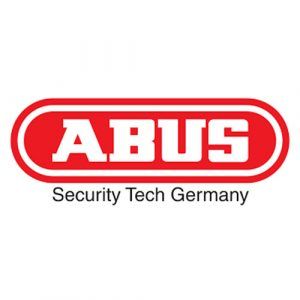
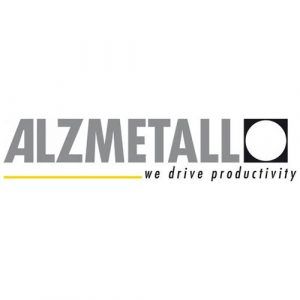
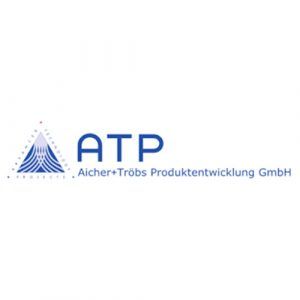
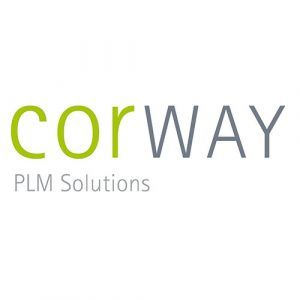
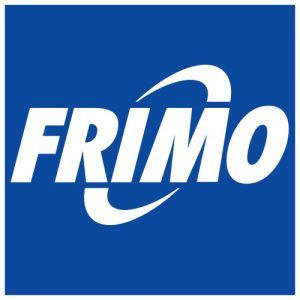
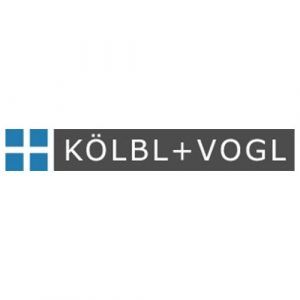
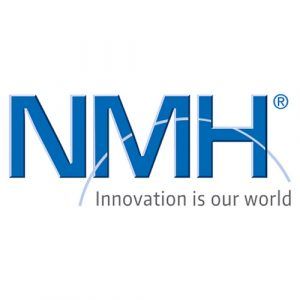
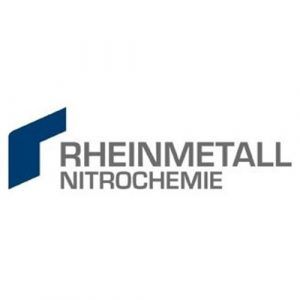
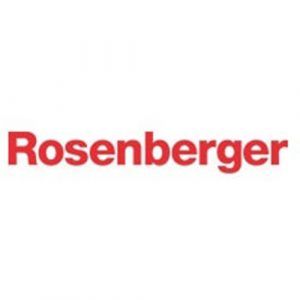
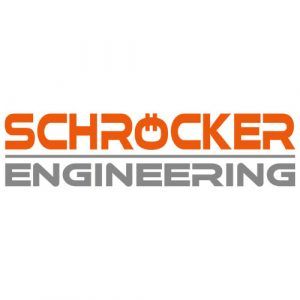
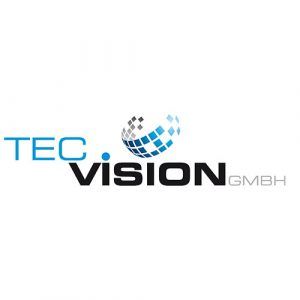
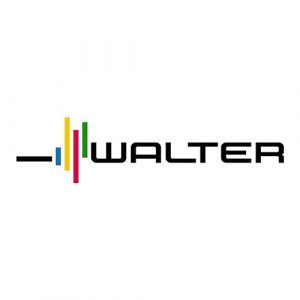

A company that offers high-quality materials combined with a profile of professional seriousness, where it meets delivery times and is committed to monitoring customers and ensuring their satisfaction. Absolutely recommendable
Super quality, super service. Even for very short-term projects on our part, we could always count on Mr. Reizner & his team.
Many thanks for the fast and high-quality service. Gladly again at any time!
Protec3D has been a very reliable and trustworthy supplier which we in ZiaDent Sweden AB would highly recommend! The products are high quality and sustainable.
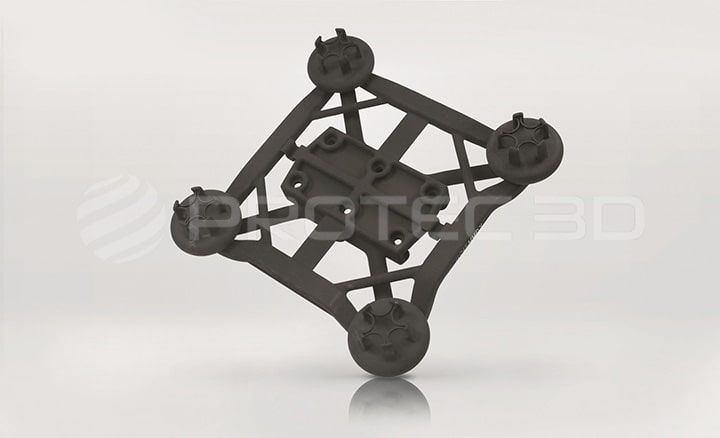
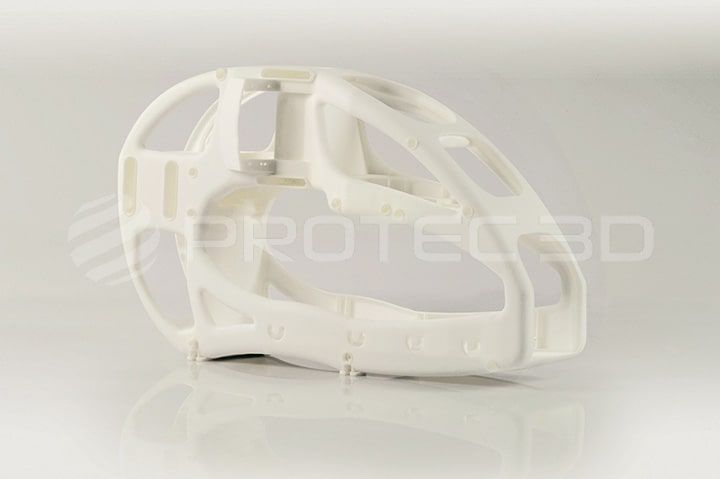
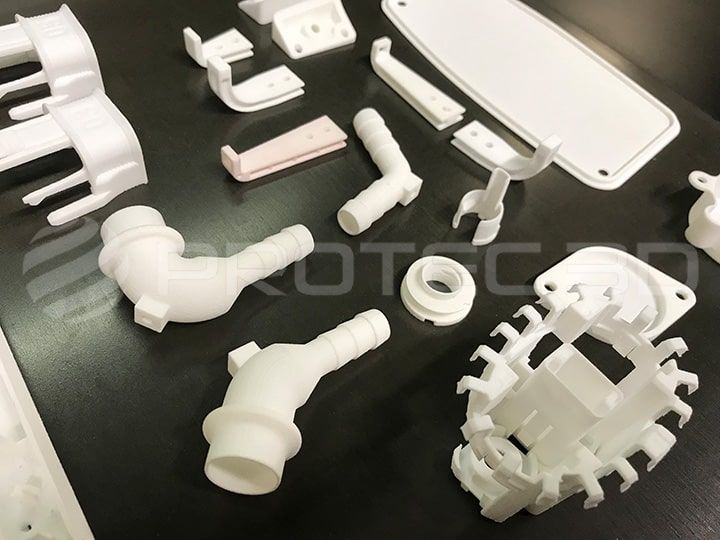
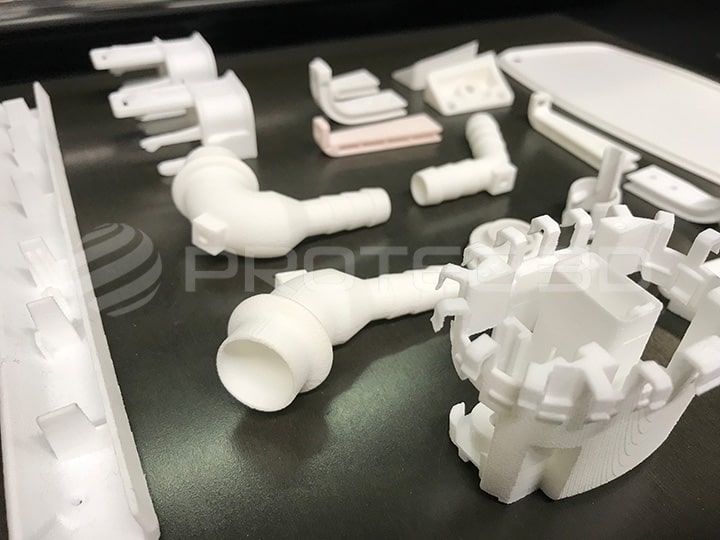
This process offers a flexible and efficient way to manufacture complex components, minimizes material waste and reduces the need for extensive reworking.
Selective laser sintering (SLS) is particularly suitable for engineers, product designers and manufacturers who require complex, functional prototypes or end parts with high precision and strength. Its ability to work without support structures makes it ideal for the production of parts with complex geometries and internal cavities, which are common in the aerospace, automotive and medical industries. In addition, small to medium-sized companies looking to produce small batches or customize products benefit from the flexibility and scalability of the SLS process. Designers who value the aesthetics and functionality of their products will find SLS a method that offers both design freedom and material diversity. Finally, the SLS process is also attractive for research and development departments that want to test and implement innovative solutions quickly and cost-effectively.
For SLS printing, the product geometries must be available as 3D data, which is converted into layered data. In contrast to traditional mold production, the layers required for printing are generated from the CAD data (usually in STL format) by slicing. Typically, CO2 lasers, Nd:YAG lasers or fiber lasers are used to process a variety of materials such as plastic, moulding sand, metal or ceramic. The material is applied in thin layers and sintered layer by layer by the laser according to the component contours. This enables the production of complex structures, including those with undercuts, with minimal post-processing. [1]
Selective laser sintering is particularly impressive for complex and large components. It is used in aerospace, aviation, the automotive industry, dentistry and many other areas. You can find out which other applications SLS 3D printing is suitable for in the table below:
| Description | Specific applications | |
| Precision | Creates fine details and complex geometries | Ideal for complex prototypes, series production and somewhat larger components |
| Strength | Parts have a high density and durability | Suitable for functional components that are exposed to specific loads |
| Variety of materials | Processing of various materials possible | Flexible for different materials, for a wide range of applications |
| Design freedom | No support structures required, which increases design freedom | Enables more complex designs without additional support structures or the limitations of traditional manufacturing processes |
| rapid prototyping | Rapid iteration and optimization of products | Acceleration of development cycles in product development |
| Efficient prototyping process | Guarantees a smooth process from the idea to the end product | Support in all phases of the development process |
Properties: High strength, durable and flexible.
Application: Ideal for functional parts and moving components.
Properties: The difference to PA 12 lies in the added aluminum content. This results in harder components that can withstand even higher temperatures. Its metallic appearance makes it ideal for metallic-looking prototypes.
Application: Particularly suitable for components where a metallic look and feel is desired and a cost-effective solution is sought.
Properties:Improved rigidity and thermal resistance.
Application: Suitable for components that have to withstand high mechanical loads and high temperatures.
Properties: High-performance polyamide with flame-retardant properties.
Application: Perfect for parts that require high chemical resistance and must meet flame-retardant standards of the aircraft industry according to UL94
Properties: Lightweight material with very high elongation at break.
Application: Perfectly suited for components that require snap-in functions or movable hinges, for example. Often used for packaging and consumer goods.
Discover how PROTEC3D optimally supports your SLS 3D printing project. Our comprehensive range of services includes:
Our individually tailored support and advice will make the transition from the initial idea to series production as efficient and smooth as possible for you. With PROTEC3D as your partner, you can rely on your innovative projects being implemented with the highest precision and quality.
Are you ready to take advantage of selective laser sintering for your project? As an experienced 3D printing service provider, we accelerate your product development process efficiently and quickly. Request your SLS prototype today:

Selective laser sintering (SLS) is an advanced 3D printing process that makes it possible to produce complex and high-strength parts directly from powdered material. This technology has established itself in various industries due to its flexibility, the ability to produce complicated designs without support structures and the wide range of materials that can be used. Further questions can be found here:
SLS is used in a variety of industries, including:
The printing time depends on the size and complexity of the object as well as the layer thickness. Typically, an SLS print can last from a few hours to several days.
SLS can be considered sustainable in certain aspects, as the process minimizes material waste and can be used for on-demand production, reducing overproduction and warehousing. The reusability of unmelted powder also contributes to sustainability, but the energy intensity of the process is a factor that increases the environmental impact.

The core idea is to pass on our knowledge and to convey the possibilities of 3D printing processes.
The range of applications for 3D printing is now almost unlimited!